It’s a phrase we hear all the time, whether we’re taking an art class online or attending a highly-anticipated exhibition opening: “Thinking outside the box.”
But, what does the phrase actually mean? For some artists, it’s an empty platitude. We already see the world through a different lens, so aren’t we already thinking outside of the box?
For other artists, it’s a challenge to their creativity and a reminder always to be searching for a fresh light, a eureka moment, or an unexpected impact. After all, creativity is rooted in uniqueness, and unique ideas rarely come to us when we’re not challenging our thinking.
If you’re in a bit of a creative slump and need some artistic inspiration, we’ll give you a few tips for how to think out the box.
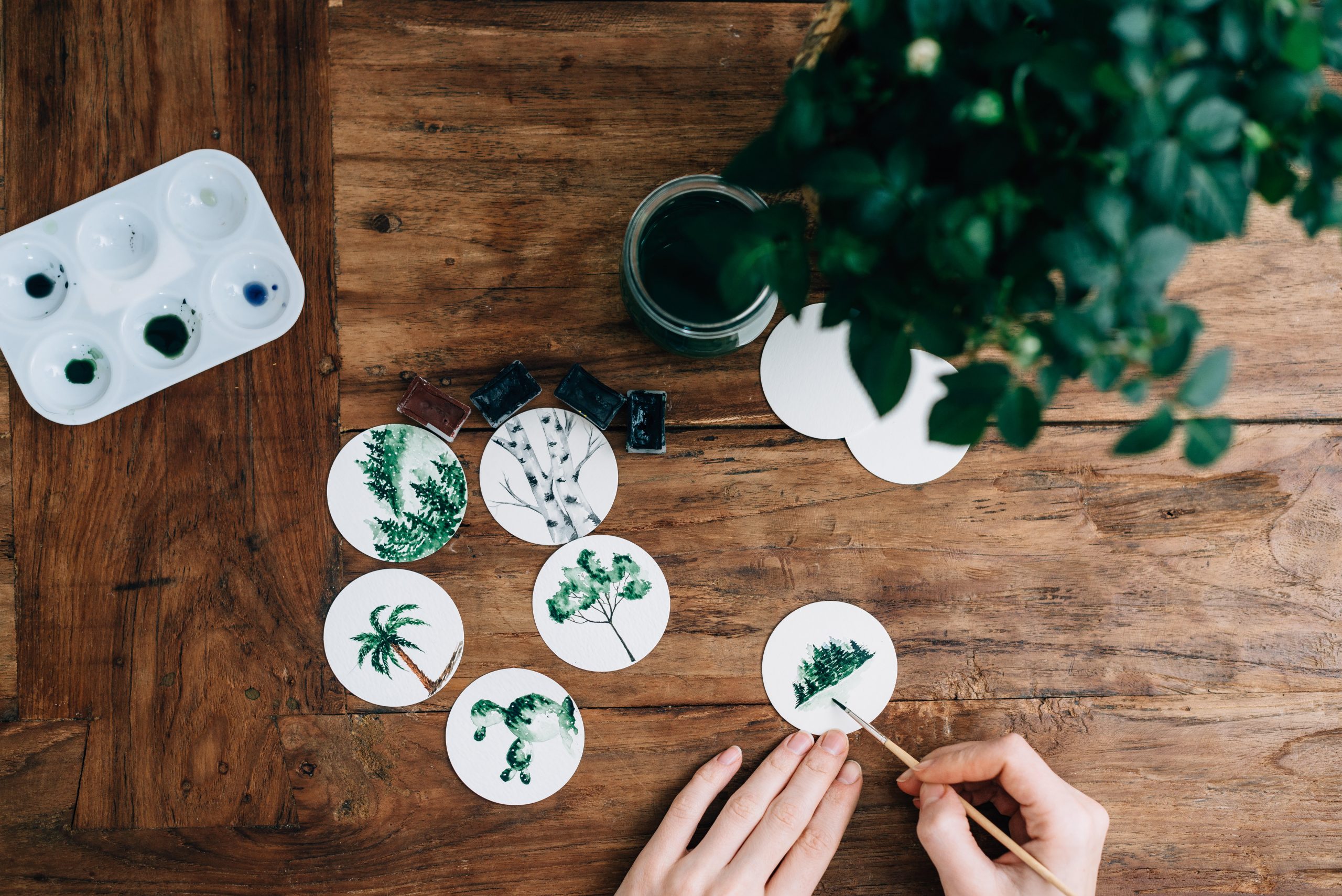
Creativity is Key
For artists, creativity is the driving force of what we do. But, when our ideas feel flat, everyone always says to think outside the box. Instead of letting that advice frustrate you, explore these tips for out-of-the-box thinking.
Try a New Perspective
Another cliche, “Everything is based on your perspective,” is also overused in the art world. But, instead of brushing it off as weak advice from someone who isn’t having artist’s block, explore what it really means for you:
1. If you’re used to figure- and portrait-drawing in the same room as your model, think about how they would look different in another venue: Through a window, in the car, or underwater.
2. If you’re a pop artist inspired by beauty trends or product labels, switch up your influences: How would your art change if you began studying non-Western fashion or if you went to an Asian market for product label inspiration?
3. If you’re a landscape painter who usually strives for a bird’s eye view, take your easel to a new place: How would your forest landscape change from the base of a giant pine tree? How would your beach scene look from a boat?
Sometimes trying out a new perspective—literally—can inspire us and open up our minds to new artistic avenues.
Think of New Ways to Use Familiar Materials
If you’ve been shading with pencils one way throughout your artistic journey, brainstorm a new way to use them. Instead of shading for realism, reverse your gradients and examine the results.
Paint with acrylics like they’re watercolors. Use charcoal for landscapes and pastels for figure drawing. Try out a medium you’ve never used before and reflect on how a new or unconventional method has changed your artwork.
Think about artists who’ve inspired you, especially the ones working before the age of the craft store. If your favorite painter had used pencils instead of acrylics, how would their work have been different? Would they have used different light, a different kind of canvas, a different subject?
Question your reasons for using the materials that you do, and let the potential of your materials inspire you.
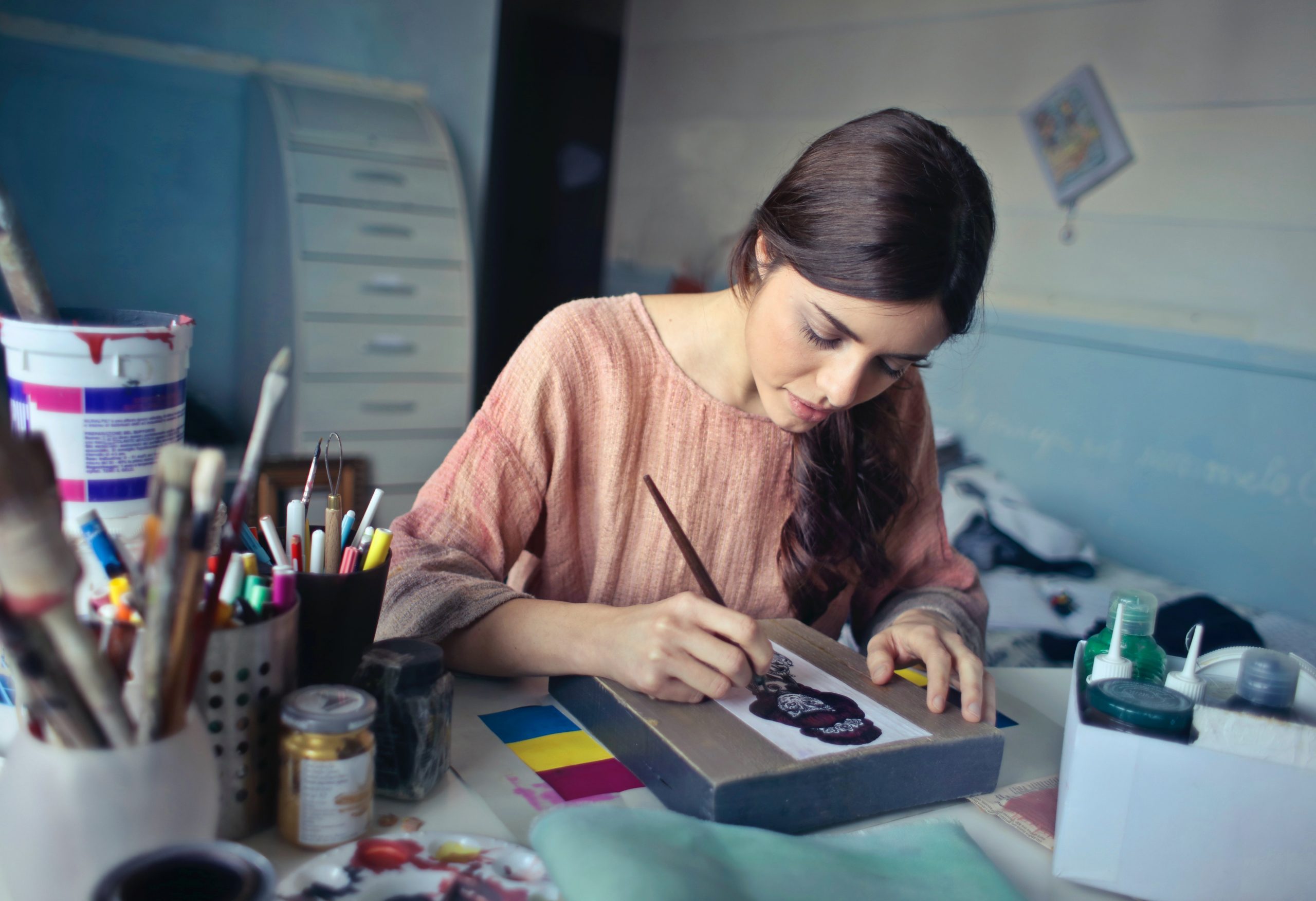
Take a Class in a New Discipline
Just like cross-training for athletes, dipping your toe into a new discipline can open you up to new artistic methods, potential subjects, materials, and minds. If you’re primarily a figure drawer, take a watercolors class.
Talk to the other artists in the room (virtual or physical), tell them about your work in another discipline, and ask about their work. As you exchange information, your artist colleagues may inspire a new train of thought or give you a pro-tip for nailing a new technique in unfamiliar territory.
And, while explaining the work you do in your familiar discipline, you might uncover a tidbit about it that you hadn’t thought about before. Taking a class in an unfamiliar discipline will exercise your basic artistic knowledge, teach you new techniques, and challenge your brain to create according to a different set of expectations.
And, who knows? You might just discover a way to incorporate these new techniques into the discipline that you call home.
Talk to Your Patrons
If you’re making money as an artist, seek wisdom, advice, and inspiration from the resource standing right in front of you: your patrons.
The people who have bought your art in the past, who sponsored your art school education, or who stop by your booth at every art show are invested in your success, your thematic and technical transitions as an artist, and the work that you produce.
If you’re stuck in an artistic rut, tell a trusted patron or two. They’ll give you a confidence boost by reminding you what they loved about previous work, they can give you feedback in good faith, and they can inspire you with a new subject or idea.
If you’re a portrait painter or a figure drawer, they could also serve as subjects. Consider offering them the finished product (or something similar) if you can draw them using an unfamiliar method or set of materials. If you’re experimenting with a new piece in progress, seek their feedback throughout the process.
Our biggest fans are the ones who have the most to say about our art. Use their expertise to your advantage!
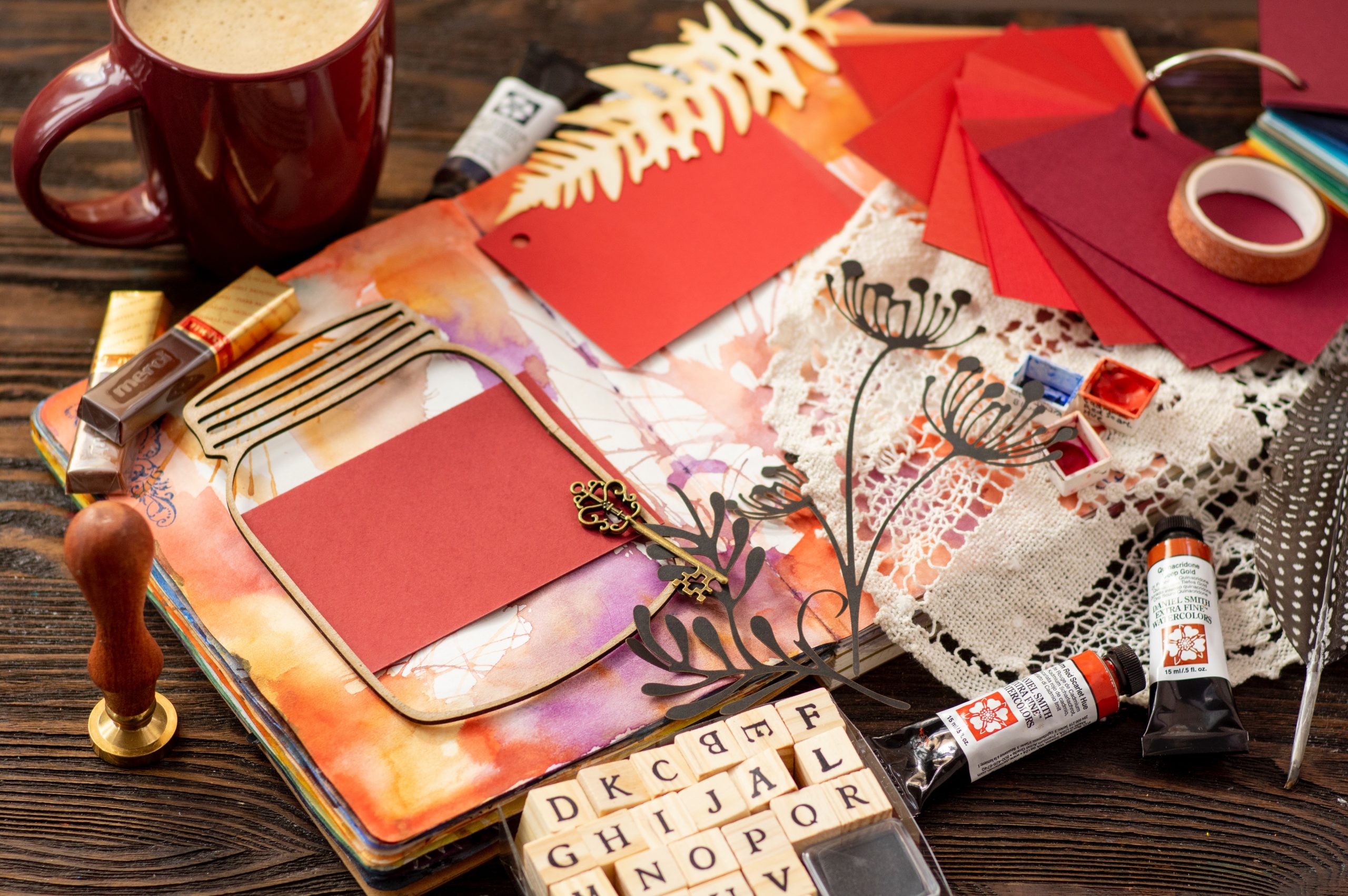
You’ll likely find inspiration, fresh ideas, and self-awareness along the way.
Remix the Basics
Many artists have some sort of technical baseline, especially if they have an art school education. Even though you may have hated taking basic drawing while studying ceramics, your professors knew that a strong foundation in the basics would benefit you throughout your artistic career.
If you just can’t find a landscape to paint, consider revisiting the basics—perhaps not to practice them, but to remix them.
If you’re a sculptor by trade, channel how you felt in that beginner’s drawing class. What did you want to try but were afraid of the consequences? Do the basics as you would have wanted to do them, flip the script, and toss out your preconceived notions.
You know so much more than you did when you first started creating art. Try to combine your current knowledge with the wisdom imparted when you were still green, and reflect on the results. You could stumble upon an entirely new method.
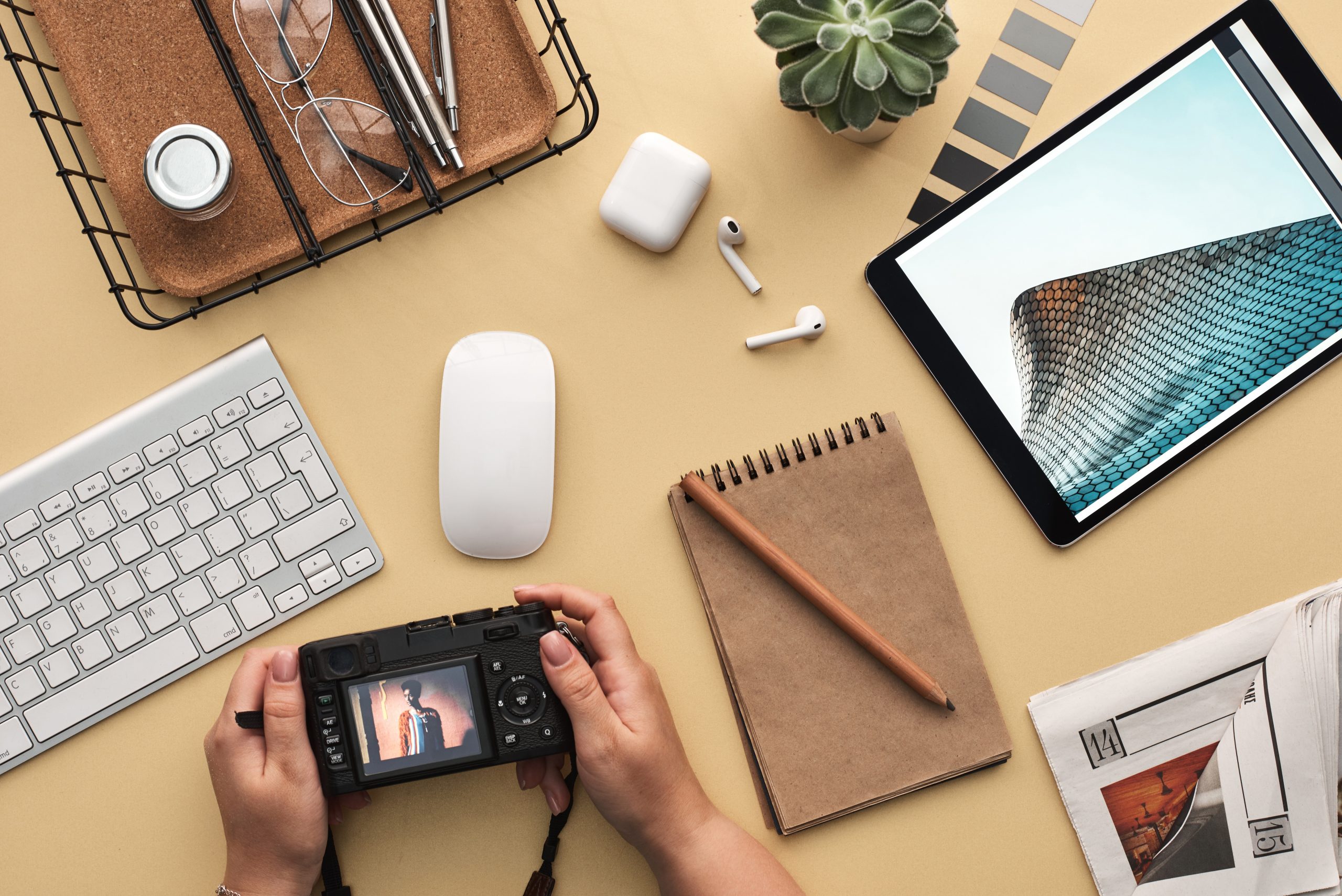
Thinking Outside the Box for Beginners and Experts Alike
“Thinking outside the box” is a concept that won’t be leaving artistic discourse anytime soon. Instead of shrugging off the idea with a holier-than-thou attitude, sit with the phrase and reflect.
For new artists and veterans alike, creativity can sometimes flee you. In response, think outside the box of your own artistic practice, your preconceived notions, and self-set expectations. You’ll likely find inspiration, fresh ideas, and self-awareness along the way.
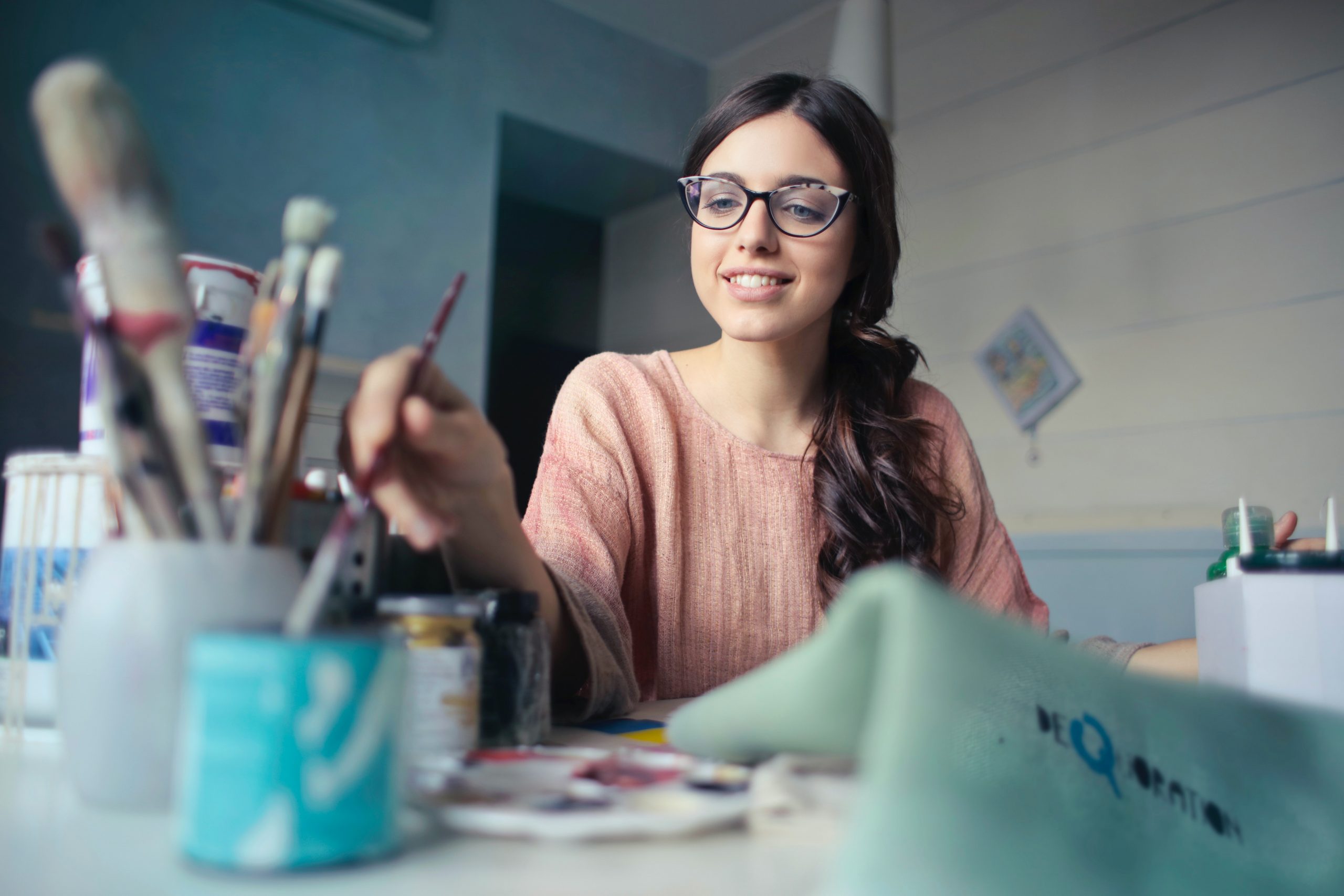
Meet Amphy
The largest marketplace for live
classes, connecting and enriching
humanity through knowledge.
Related Articles